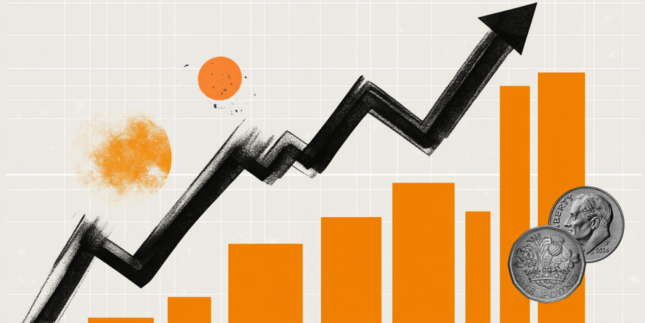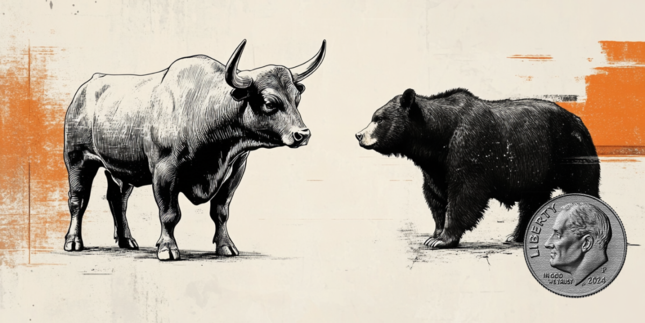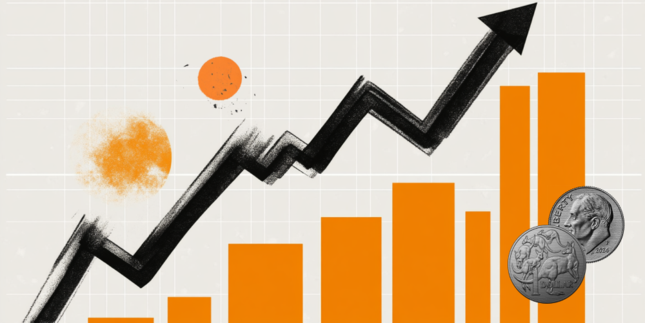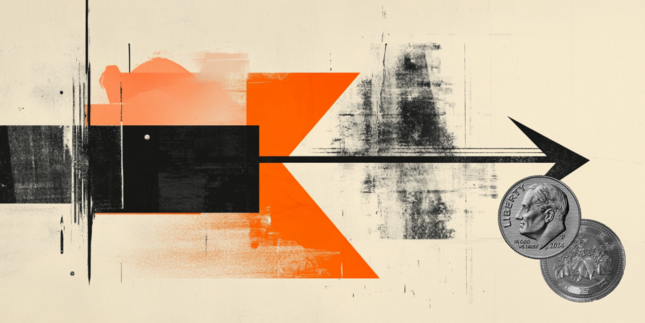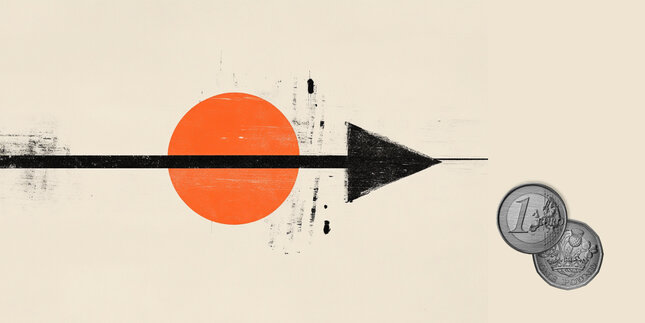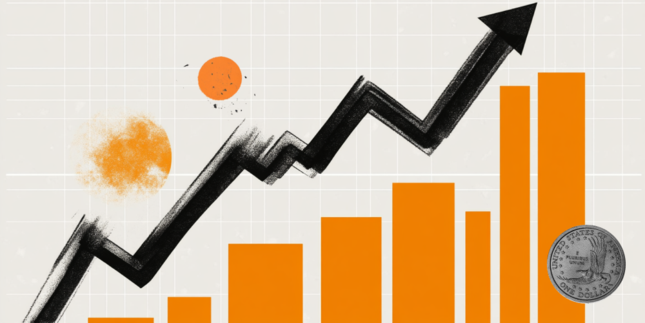Canadian Dollar waffles back into familiar midrange as Loonie bids sputter
- The Canadian Dollar stumbled again on Wednesday, hung out to dry near 1.4400.
- Economic data from Canada remains thin and the BoC is poised for another rate cut.
- The Fed has hunkered down ahead of its own rate call next week.
The Canadian Dollar (CAD) fell flat on Wednesday, churning back into familiar midrange levels with USD/CAD stuck in the mud near the 1.4400 handle. Data prints on both sides of the 49th parallel are limited through the midweek market sessions, leaving both Loonie and Greenback traders to wait for the next round of central bank action on interest rates for next week.
Both the Bank of Canada (BoC) and the Federal Reserve (Fed) will be making rate statements next week, but the outcomes are set to diverge firmly. The BoC is barreling toward yet another quarter-point rate trim to wrap up this month, while the Fed is broadly expected to stand pat on rates for the first half of 2025. Canadian Retail Sales figures are due on Thursday, but the long-dated numbers from November are unlikely to spark much volatility. US Purchasing Managers Index (PMI) survey results are slated for Friday, but not much is expected from those, either.
Daily digest market movers: Canadian Dollar treads water as markets await signals
- BoC is overwhelmingly expected to deliver another 25 bps rate trim next week.
- The Fed is expected to hold through most of H1, pushing the USD/CAD rate differential even wider.
- The Canadian Dollar shed another third of a percent against the Greenback, remains trapped in familiar congestion.
- CAD traders are keeping one eye out for anymore headlines from US President Donald Trump about possible trade tariffs on all Canadian goods being exported to the US.
- Canadian Retail Sales figures due on Thursday are unlikely to move the needle, unless figures deviate wildly from expectations.
Canadian Dollar price forecast
The Canadian Dollar is trapped in a consolidation phase against the US Dollar, driving USD/CAD in a slow circle around the 1.4400 handle. Midweek price action remains muted, and Wednesday’s 0.35% shuffle only sees the Loonie further entrenched in a sideways grind.
Topside bidding action on USD/CAD continues to see the Canadian Dollar testing into multi-year lows, and technical indicators are beginning to break, drifting into the midrange as the pair goes nowhere and bearish momentum fumbles an opportunity to grab a pivot from overbought conditions.
USD/CAD daily chart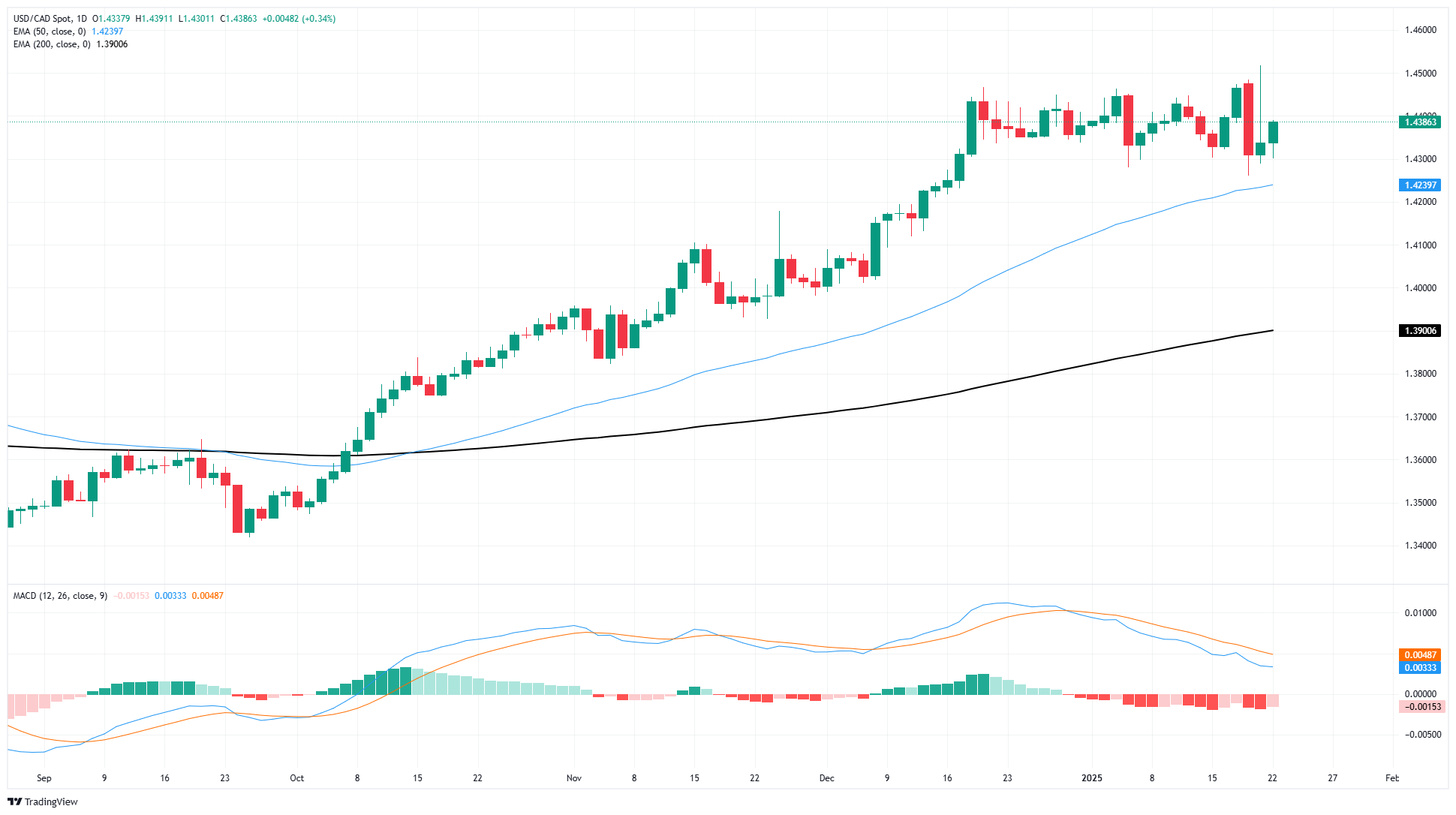
Canadian Dollar FAQs
The key factors driving the Canadian Dollar (CAD) are the level of interest rates set by the Bank of Canada (BoC), the price of Oil, Canada’s largest export, the health of its economy, inflation and the Trade Balance, which is the difference between the value of Canada’s exports versus its imports. Other factors include market sentiment – whether investors are taking on more risky assets (risk-on) or seeking safe-havens (risk-off) – with risk-on being CAD-positive. As its largest trading partner, the health of the US economy is also a key factor influencing the Canadian Dollar.
The Bank of Canada (BoC) has a significant influence on the Canadian Dollar by setting the level of interest rates that banks can lend to one another. This influences the level of interest rates for everyone. The main goal of the BoC is to maintain inflation at 1-3% by adjusting interest rates up or down. Relatively higher interest rates tend to be positive for the CAD. The Bank of Canada can also use quantitative easing and tightening to influence credit conditions, with the former CAD-negative and the latter CAD-positive.
The price of Oil is a key factor impacting the value of the Canadian Dollar. Petroleum is Canada’s biggest export, so Oil price tends to have an immediate impact on the CAD value. Generally, if Oil price rises CAD also goes up, as aggregate demand for the currency increases. The opposite is the case if the price of Oil falls. Higher Oil prices also tend to result in a greater likelihood of a positive Trade Balance, which is also supportive of the CAD.
While inflation had always traditionally been thought of as a negative factor for a currency since it lowers the value of money, the opposite has actually been the case in modern times with the relaxation of cross-border capital controls. Higher inflation tends to lead central banks to put up interest rates which attracts more capital inflows from global investors seeking a lucrative place to keep their money. This increases demand for the local currency, which in Canada’s case is the Canadian Dollar.
Macroeconomic data releases gauge the health of the economy and can have an impact on the Canadian Dollar. Indicators such as GDP, Manufacturing and Services PMIs, employment, and consumer sentiment surveys can all influence the direction of the CAD. A strong economy is good for the Canadian Dollar. Not only does it attract more foreign investment but it may encourage the Bank of Canada to put up interest rates, leading to a stronger currency. If economic data is weak, however, the CAD is likely to fall.
Forex News
Keep up with the financial markets, know what's happening and what is affecting the markets with our latest market updates. Analyze market movers, trends and build your trading strategies accordingly.





